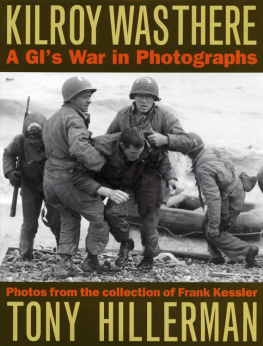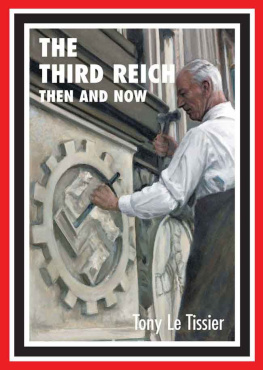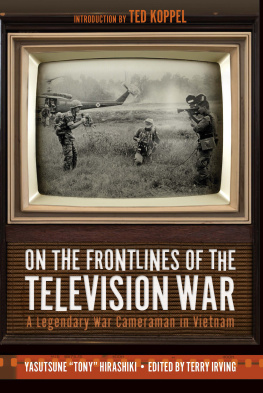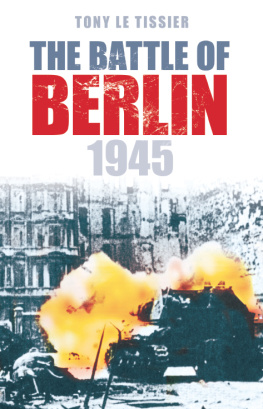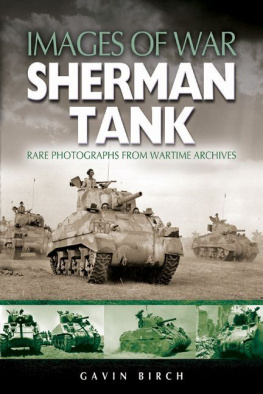

The Kent State University Press Kent & London
2004 by The Kent State University Press, Kent OH 44242
All rights reserved
Library of Congress Catalog Card Number 2004044164
ISBN 0-87338-807-0
Manufactured in the United States of America
08 07 06 05 04 5 4 3 2 1
Army Signal Corps photographs are reprinted courtesy of the Still Pictures Branch of the National Archives and Records Administration.
Designed and composed in Adobe Century Expanded by Will Underwood. Printed and bound by Thomson-Shore, Inc.
Library of Congress Cataloging-in-Publication Data
Hillerman, Tony.
Kilroy was there: a GIs war in photographs / by Tony
Hillerman ; photos from the collection of Frank Kessler.
p. cm.
ISBN 0-87338-807-0 (alk. paper)
1. World War, 19391945CampaignsEuropePictorial works. 2. Kessler, Frank, 1915Photograph collections. 3. Photograph collectionsUnited States.
I. Kessler, Frank, 1915 II. Title.
D743.2.H54 2004
940.53210222dc22 2004044164
British Library Cataloging-in-Publication data are available.
For Frank and Lee Kessler
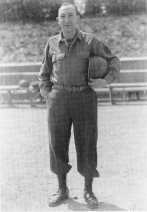
Sgt. Francis W. Frank Kessler (19151990)
Army Signal Corps: Bronze Star
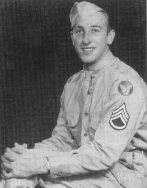
Sgt. Leland J. Lee Kessler (19212003)
Army Air Corps: Distinguished Flying Cross, Purple Heart, POW Medal
We have faith that future generations will know that here, in the middle of the twentieth century, there came a time when men of good will found a way to unite, and produce, and fight to destroy the forces of ignorance, and intolerance, and slavery, and war.
Franklin D. Roosevelt
CONTENTS
I n 1941 Frank Kessler, a 26-year-old accountant in Canton, Ohio, was drafted, assigned to an Army Signal Corps unit, and went away to fight the war in Europe. From D-Day to VE Day he lived and worked alongside his units young photographerswho affectionately dubbed the older, married Kessler Popsdispatching them to document the war on the front lines and then sorting through the pictures and stories they told. In 1945, home again with his wife and children, he stored hundreds of those images of blood and battle in his attic. There they stayed until after his death.
Then Lee Kessler, Franks younger brother, sorted through boxes seeking to better understand a brother hed never known very well. A flier who had been shot down in 1943 and held in a German POW camp, Lee saw the photographs of Franks Signal Corps unit as images of a different side of war, one he never experienced. Moved by what he saw, he recognized their importance and preserved them for all of us, carefully ordering them into albums and typing the information written on the backs of the photos.
When I saw Frank Kesslers collection of photographs I was struck by how different they were from the movie-camera views I see on television. No public relations pictures here, intended to glorify battle and rally support. These were up-close snapshots of the dirty, damp, and disheveled men in the rifle companies and tank units. It was the war as they endured it, as they struggled through it from the beaches of France to the heart of Germany and finally won it.
Kessler and his fellow Corpsmen were out there with their cameras on the killing fields alongside the rest of us. They were part of the same war I experienced as a twice-promoted private first class in Company C, 410th Regiment, 103rd Infantry Division. We called ourselves GIs (Regular Army men were lifers), and we left our trademarka goofy-looking fellow peering over a wallscrawled on flat surfaces everywhere, signed Kilroy Was Here.
These young men had a remarkable talent for making significant the ordinary images of war. In a snapshot of a U.S. Army medic lighting a cigarette for a bloody German soldier, we see how opposing troops came to view one another as fellow sufferers just doing their duty. In another we see a German sprawled on a rubble-strewn sidewalk still clutching the grenade he was about to throw when the fatal bullet struck him, reminding us of the immediacy of death in combat. In a shot of three tense soldiers preparing to dash around a street corner, knowing death awaits them if the enemy machine gunner is alert, we feel the real fears of street fighting. One picture captures us soldiers sitting on the muddy bank of a little stream trying to take a bath. Another documents Sherman tanks burning. And others show young men dying, young men dead. Like no other photographs Ive seen, these capture the ugliness, wreckage, cold, and misery of war.
Tens of thousands of my now-gray, arthritic, and elderly peers will be jerked back in time by these pictures. Like me, theyll again feel the grime, the cold, the hunger, the fear. I hope they show them to their grandchildren and teach them that this is the war as it truly was. With the curtain of glamour and glory stripped away, Kesslers collection shows us patriotic plain citizens doing what had to be done to keep America free.

Frank Kessler was one of many soldiers whose duty it was to document the war, and his salvaging of these images is a tribute to all his fellow Signal Corpsmen. When the whistle blew in April 1945, signaling an end to the work of war, Kessler was the last in his unit to leave their headquarters. Feeling that it was wrong to leave the file drawers full of photographsnot knowing what would come of them or who would see themhe packed the pictures in with the rest of his stuff for the trip home. He later told his children that he didnt know if it was even legal to take the photographs, but he felt strongly that he couldnt just leave them behind.
Similarly, Lee Kessler did us all a favor by cataloging the 600-plus photographs, organizing them in a chronological order, transcribing the information from the backs of the photos into neatly typed captions, and placing photos and captions in binders, preserving these startlingly clear black-and-whites much like an archivist. In studying these photographs it is clear that not all the information on the backs is accurate. There are some obvious misidentifications of places, dates, and people as well as many images that have no accompanying information or are marked simply secret. Im amazed that any dates, places, and names got recorded at all, given the situations and conditions of combat!
So in compiling this book and writing the accompanying narrative, I took the liberty of sometimes straying from the strictly chronological progression of images and used the unmarked images to further Kilroys story, which means that sometimes, to describe duties or conditions, I mix photos that were taken at various times and places. In so doing we see the timeless, lost quality of soldieringwe really didnt know where we were or what day it was, just that we had to push on and work hard to stay alive.
 Kilroy Was There
Kilroy Was ThereW hen one of Sgt. Frank Kesslers Signal Corpsmen looked through his viewfinder at this disorderly clutter of young men nervously waiting to invade Hitlers Fortress Europa, he wasnt seeing the neat picture the Army wanted him to photograph. He was focusing on a gaggle of ex-civilians practicing the wait part of the Armys policy of hurry up and wait. They had just learned that bad weather had caused another days delay. They (and Kessler) wouldnt be storming ashore at Omaha Beach until June 8, 1944. In the months to follow those very same GIsthose who survivedwould be leaving their footprints all across France, Belgium, Holland, Luxembourg, and Germany and scrawling their cheerful Kilroy Was Here messages on countless walls and buildings.
Next page
